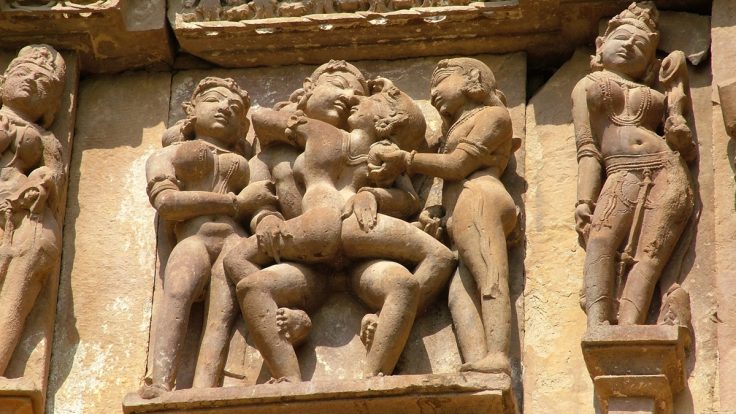There were times, places, and rituals in India’s history when there were no explicit societal rules governing sex between men and women, among other things.
When it comes to sexuality, Kamasutra receives the most votes. This book is on social behavior and is one of the most well-known works on the subject of sex. Vatsyayana wrote the Kamasutra, a treatise. It was created to teach urbane guys how to live effectively. The book is divided into seven sections, the second of which discusses the art of pleasure and the arts of love. Others discuss topics such as how to construct a home, how to find a wife, and how to get married.
Women and their sexual pleasure should be of the utmost priority, according to the ancient scripture Kama Sutra. The text advises women to seek pleasure outside of a relationship if it is necessary. The Kamasutra was not the first, nor was it the last, of its kind. 
In Ayurveda, there is a description of treatment or therapy known as “Vajikarana” or “Virility Therapy” that allows a man to copulate with a woman. It also helps to replenish the person’s physique. Even the deity of sex, “Kama”, is worshipped by Indians. As a result, erotic sculptures on our temples are only natural.
A few hypotheses are circulating about, but the most popular one seems to be that entering a place that pure requires you to let go of all your desires and lust. You can learn to control lust and desire in yourself by accepting them. 
Furthermore, these statues are always found on the temple’s outside walls, implying that visitors must leave their desires outside before entering. Sex was seen as spiritual rather than hedonistic in several Indian writings. Many hypotheses exist, but the truth remains that these temples are recognized for their sensual sculptures rather than the deities who reside therein.
Gods even mated with animals to make weird inter-special creations, proving that sex was not confined to couples or simply between humans. The Brahmanas and Puranas contain evidence of homosexuality, though the narratives were mostly among men and not women.
